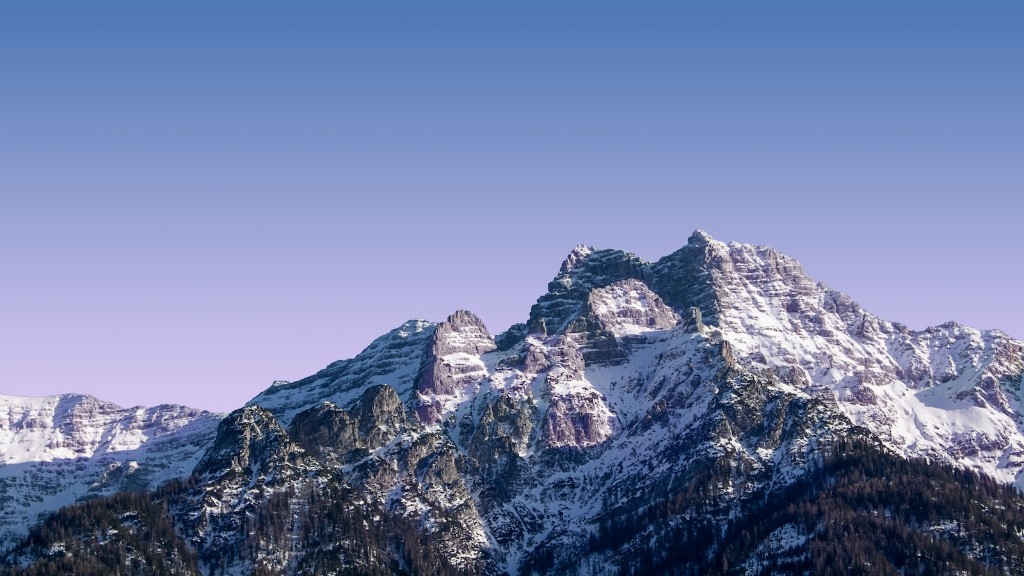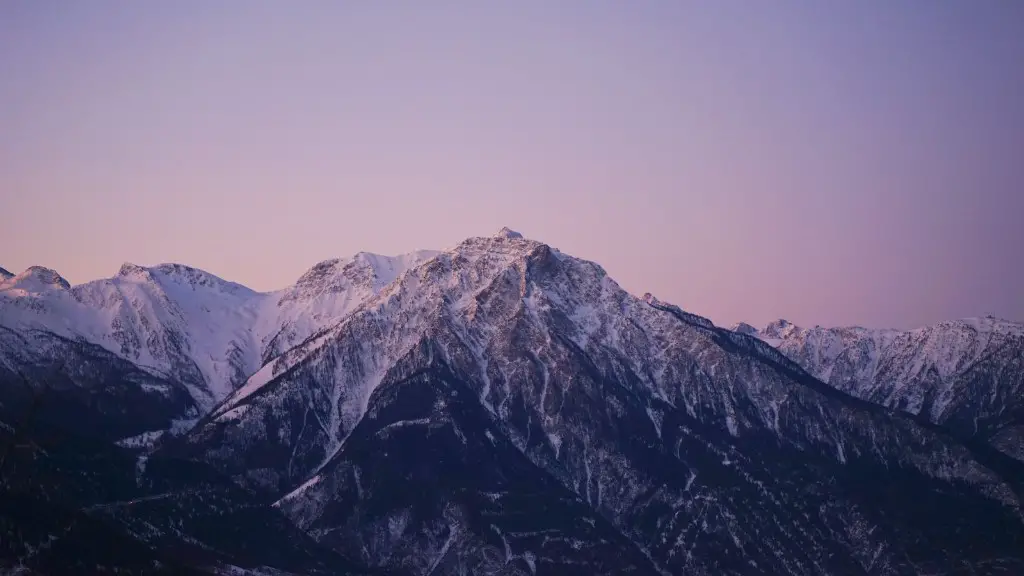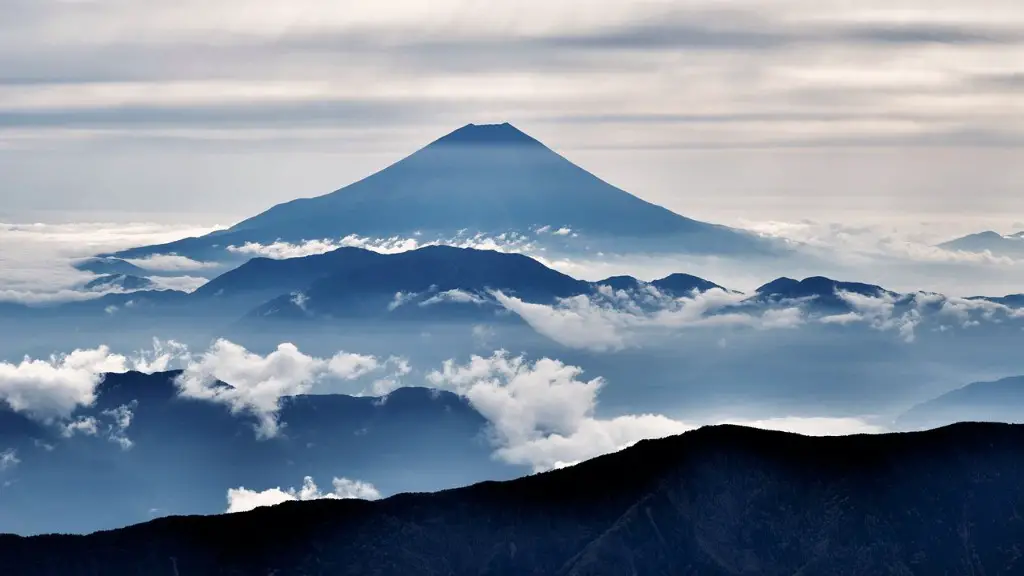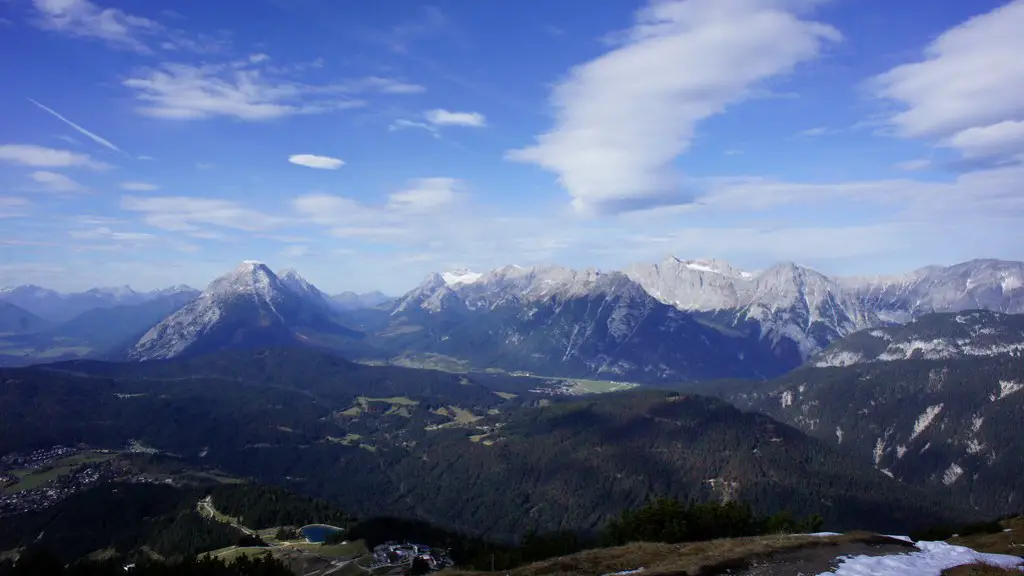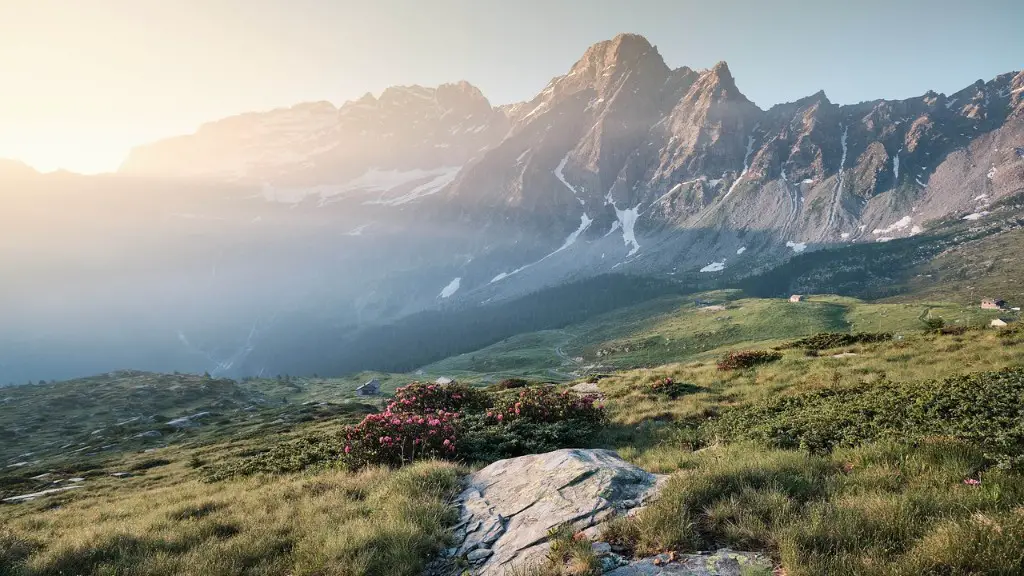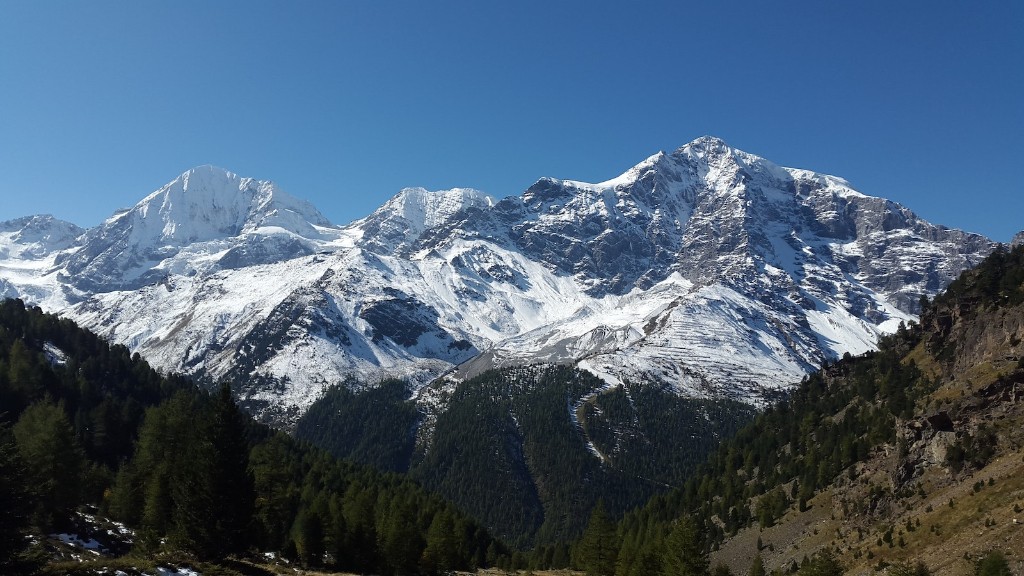Climbing Mount Kilimanjaro is a challenging but rewarding experience. The average person takes about six to eight days to reach the summit, although experienced climbers can do it in as little as four or five days.
The average time it takes to climb Mount Kilimanjaro is between five and seven days.
How difficult is Mount Kilimanjaro to climb?
Mount Kilimanjaro is a fair difficult mountain to climb. With more than 50% of the climbers suffering from mountain sickness, Kilimanjaro is an extreme altitude mountain trek. Measuring 19,341 feet, or 5,895 meters, you will need to prepare well and train before attempting to climb Kili.
Mt. Kilimanjaro is one of the most popular tourist destinations in Africa. Every year, people from all over the world come to Tanzania to climb the mountain.
Many people wonder if it is possible for beginners to climb Kilimanjaro. The answer is yes, but there are some things to keep in mind. First of all, you should be aware of the conditions on the mountain. The weather can be very unpredictable, and it is important to be prepared for all eventualities. Secondly, the seasonal climates should be taken into account when planning your trip. The best time to climb Kilimanjaro is during the dry season, which runs from December to February. Finally, you should be aware of the costs involved in climbing the mountain. It is not cheap, and you need to be prepared to spend a significant amount of money on the expedition.
If you are thinking of climbing Kilimanjaro, then you should definitely do some research and prepare yourself for the challenge. With a bit of planning, you will be able to have a great time and reach the summit of one of the most famous mountains in the world.
How much time does it take to climb Kilimanjaro
It is important to note that it takes between five to nine days to hike to Mount Kilimanjaro Summit Uhuru peak and descend to the Finish point. The more days you spend on the mountain acclimatizing, the better your chances of reaching the top. Trekkers who spend only 5 days have the lowest Summit success rate.
Climbing Mt. Kilimanjaro is an extremely difficult feat, especially for the average person. The shortest route is 37 kilometers (23 miles) with an altitude gain of 4295 meters (14,200 feet). This would take a huge toll on the average person and would make it impossible to cover in one day.
What is the death rate of Kilimanjaro?
The statistics show that there is only a very small chance of dying while climbing Mount Kilimanjaro. Around 30,000 people climb the mountain every year, and only a handful of them die. This means that it is a relatively safe mountain to climb.
Climbing Mount Kilimanjaro is definitely a challenge, especially because of its high altitude. However, climbers do not need to use supplemental oxygen in order to climb the mountain or reach the summit. Instead, they can use the acclimatization method of slowly walking “pole pole” and sleeping at lower altitudes. With this method, climbers should be able to reach the summit without any problems.
Is Everest or Kilimanjaro harder?
The main reason that people believe that Kilimanjaro is tougher than Everest Base Camp is because of summit night. It’s a long, tough night, and it’s very easy to become fatigued and not make it to the top. That being said, there are aspects of Everest Base Camp that are tougher than Kilimanjaro (the altitude, for one), so it really depends on what you’re looking for in a trek.
The average cost to climb Kilimanjaro is $2000 to $6000. The price varies from cheap, budget operators to large Western travel agents selling outsourced climbs at an inflated price. There are various, unavoidable fixed costs to any tour operator and if a climb seems too cheap, you’ve got to ask yourself why.
How cold is it climbing Kilimanjaro
The temperatures on Mount Kilimanjaro are determined more by the altitude and time of day. At the base of the mountain, the average temperature is around 21 to 27 °C and at the summit, Uhuru Peak, the night time temperatures can range between 20 and -20 degrees Fahrenheit (-7 to -29 degrees Celsius).
Anyone can summit Mount Kilimanjaro with the proper training and preparation. You don’t need to be a especially fit, nor do you need any technical climbing skills. All you need is dedication and the proper guidance.
Can you climb Kilimanjaro without training?
No specialist climbing skills are necessary for the climb, however, you must have done extensive hill-walking or aerobic exercise in the run-up to your Kilimanjaro Climb. If you do not currently enjoy a good level of fitness it may take many months of training to reach a suitable level of fitness to enjoy the walk.
The full day is 12 – 14 hours of trekking and covers 112 miles/181km 1,245m/4,084 feet up the mountain from Barafu or 1,095m/3,592 feet up from Kosovo Camp to the summit You then have 2,795m/9,169 feet down hill all in the same day.
Is Kilimanjaro worth the money
Mount Kilimanjaro is worth it for the experience. Even though the success rate for reaching the summit is only around 66%, it is still an amazing experience that is worth undertaking. And, even though the ones we all think would do the best ( young males between 20 and 30) don’t necessarily have the highest success rate, they still have a good chance of making it to the top.
You definitely want to be in good physical shape to climb Kilimanjaro, but you don’t need to be super-fit. This is a trek, not a climb, after all, and if you can run for 30 minutes two to three times a week, and enjoy an all day hike at weekends, you should be fine. That said, many people do underestimate Kili.
What is the success rate of climbing Kilimanjaro?
Each year, 50,000 people attempt to summit Mt. Kilimanjaro, one of the most popular mountains in the world. According to research published by the Climb Kilimanjaro Guide, the average summit success rate across all climbers and routes is 65%.
Based on the information given, it appears that Kilimanjaro’s peak is a difficult place to be due to the thin air and lack of oxygen. This can cause many problems for people including Shortness of breath, dizziness, headache, loss of appetite, nausea, and more. It is advised to take it easy if you are planning on going to high altitudes, and to be prepared for the challenges that come with it.
Warp Up
9 to 10 days
Climbing Mount Kilimanjaro is a long and difficult process that can take up to six days. However, the experience is well worth the effort and the views from the top are breathtaking.
